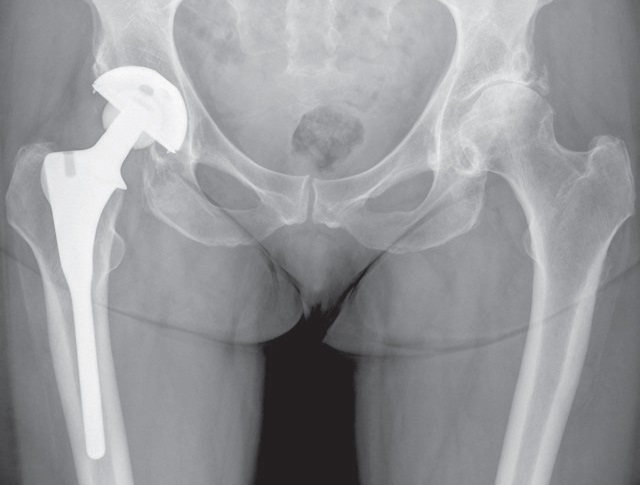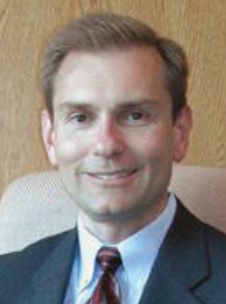Flight grounded, tribology soars
Edward P. Salek, CAE, Executive Director | TLT Headquarters Report September 2010
What better way to spend a tarmac delay than learning about the magic of tribology and lubrication engineering?

Be ready with apt examples of how your organization’s work supports current or future benefits that we all need and appreciate.
My flight home from Atlanta early last month made an unplanned detour and stop at the Indianapolis airport to refuel and wait out some bad weather in Chicago.
As the promised short delay turned into a lengthy wait on the tarmac, my fellow stranded passenger in the adjoining seat asked what he thought was a simple question: “So, what do you do?”
Although we probably weren’t going anywhere soon, I initially decided to spare him the long version of that answer. I briefly explained STLE and the work our members do using the science of tribology and practice of lubrication engineering. My new friend was not a technical person—somewhat ironically, he worked for an airline that competes with the one on which we were stranded—but he began to appreciate the role that tribology and lubricants play as an enabling technology.
We proceeded to converse in more detail about developments in areas such as wind and solar energy, joint replacements, environmental protection and safety and health issues. Some might contend that his interest was stoked by a bizarre form of cabin fever, but I’d like to think that his interest was genuine and that there are several lessons to be learned from this delay on the Indy tarmac.
The first lesson is that people with little or no awareness of the field will begin to appreciate the power of science and engineering if they see the connection between these disciplines and the ability to meet critical technological and human needs. When the opportunity arises, as it did for me last month, be ready with some apt examples of how the work being done by your company or organization supports current or future benefits that we all need and appreciate.
A second and related lesson is that STLE itself has a role to play in being an advocate for the profession by reaching out to audiences in new and different ways. We are pursuing this opportunity using a combination of new and traditional methods. Beginning last month, STLE began producing a twice-monthly podcast called the STLE Compass. The format features 15-20-minute audio interviews focusing on how the practical application of tribological principles solves real-world problems. Topic for the first podcast, available through
www.stle.org, is the future of wind energy, and it features STLE director of professional development Dr. Robert Gresham.
In a more traditional mode, there’s the upcoming International Joint Tribology Conference (IJTC). For more than 50 years, the IJTC has been the place where leading tribologists from around the world come together to share their latest research. This year’s conference, Oct. 18-20 in San Francisco, is a launching ground for important future work that will support significant gains in our ability to meet challenges in areas such as environmental protection and biotribology. If you haven’t been to an IJTC lately, or perhaps not at all, 2010 is the year to consider the benefits of attending this respected conference. Complete program details are on the STLE Website.
There is one footnote to the story of my Indianapolis friend. As we parted company on the plane, I gave him a business card, and he vowed to visit the STLE Website to learn more about tribology and lubrication engineering. Hard to say whether he did that or not, but there’s no question that I am inspired to continue emphasizing the goals stated in STLE’s mission statement:
To advance the science of tribology and the practice of lubrication engineering in order to foster innovation, improve the performance of equipment and products, conserve resources and protect the environment.
 You can reach Certified Association Executive Ed Salek at esalek@stle.org
You can reach Certified Association Executive Ed Salek at esalek@stle.org.